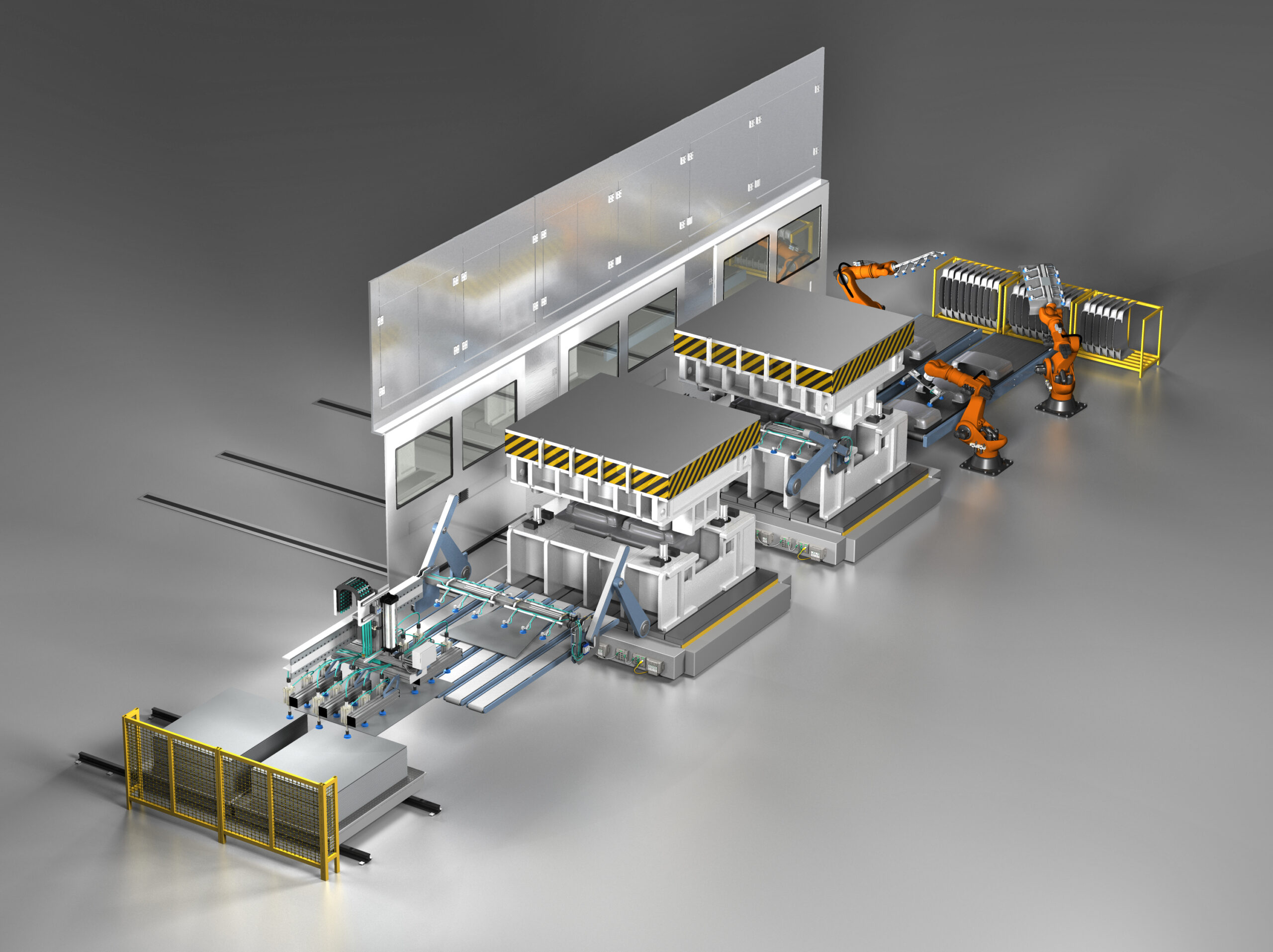THE CHALLENGE
Replacement parts have long lead times, and an immediate repair was not possible. The Trident DM4500 wear debris sensor was installed on a 2500T stamping press in August of 2021. After a baseline wear concentration was established, an alarm limit of 5 ug/liter of debris was decided. This alarm level was never triggered in the following year, with the first instance of debris levels crossing this threshold in November of 2022 though quickly returning the normal.
Key Benefits:
- Early Detection of metallic wear debris due to component failure
- Provides real time asset health indicators
- Detects faults that may be missed via vibration or visual inspection
- Advance notice minimized unscheduled downtime
THE RESULTS
In July of 2023, large spikes of both ferrous and non-ferrous metallic debris were observed. The customer was notified on July 13th of a spike in ferrous debris that approached 20x the set alarm limit and just under 100 ug/liter.
While the equipment was still in operation, an inspection was performed and damage to both a bearing raceway and overrun particles on a gear face were discovered. Due to long lead time on the replacement parts, immediate repair was not possible. The wear debris data was closely monitored for increases in concentration to reduce the risk of secondary damage and fault acceleration within this gearbox while operation continued.
Almost 3 months later, the repair was made, and wear debris levels returned to normal with no unexpected downtime.
Request this Case Study by using the form below:

